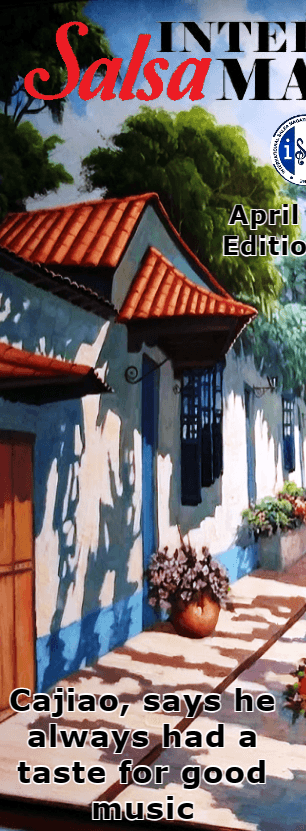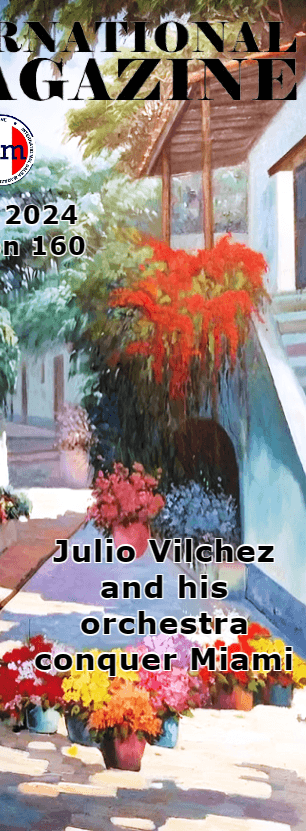
 |  |
 |  |
 | |
 | |
 | |
 | |
 | |
 | |
 | |
| Do you enjoy Latin music? Would you like to get more involved in this genre and share your passion for Salsa, Bachata, Kizomba, Merengue and more. Why not joint our Global Team of volunteers as a correspondent? You can ask for more details with no obligation and we’ll be happy to talk to you about the benefits that come with the role | |